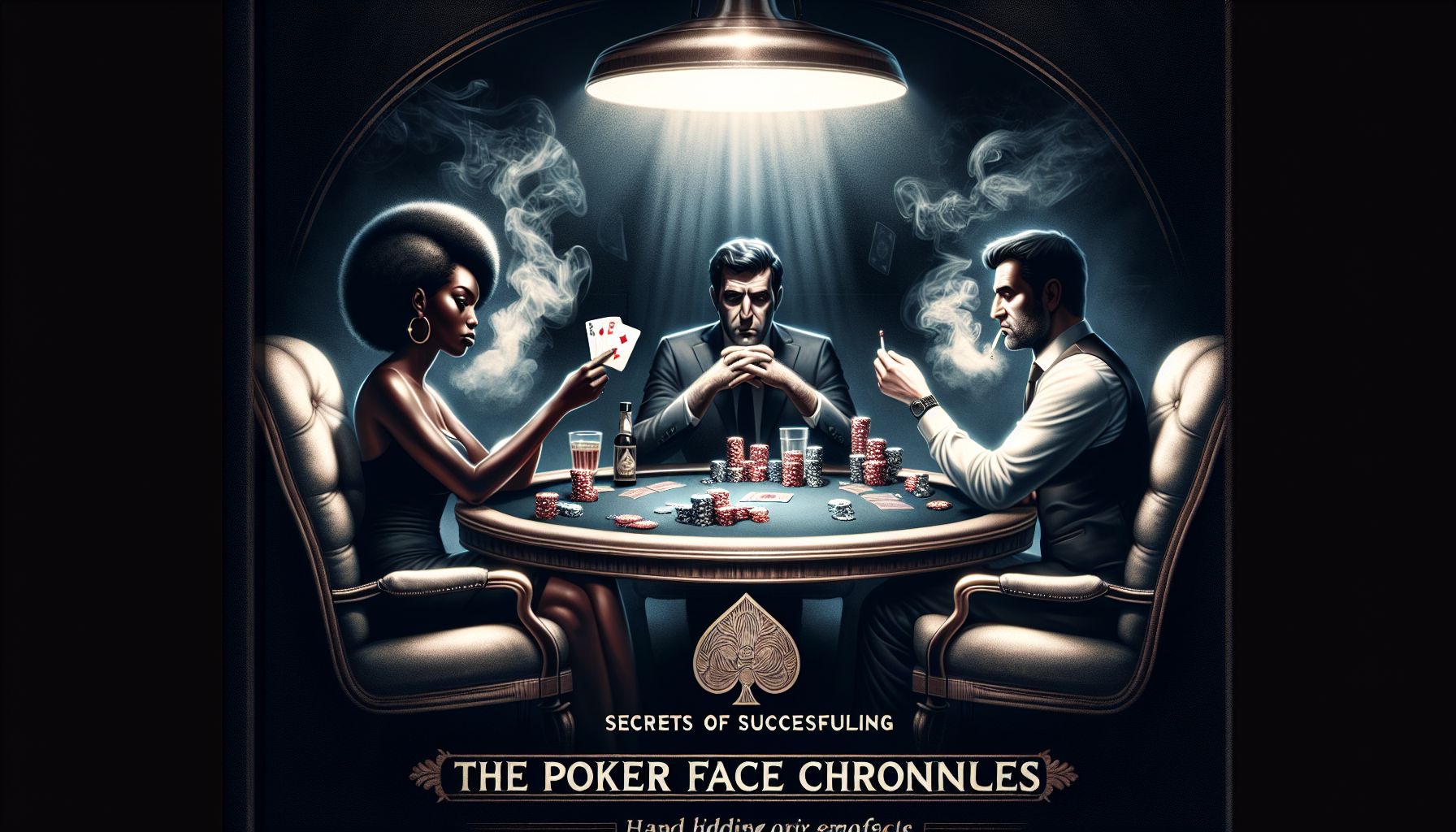Poker is a game of strategy, skill and intuition. It’s a game where one must not only make the right decisions based on the cards they hold, but also on the actions and reactions of the players around them. One of the most crucial and intriguing aspects of poker is the art of bluffing. Bluffing is essentially betting or raising with a weak hand in the hopes of making your opponents fold their stronger hands. It’s a delicate yet powerful weapon in the arsenal of a successful poker player. In this blog post, we will dive into the world of bluffing and uncover the secrets of successful bluffing in the game of poker.
Understanding Bluffing
Bluffing is a crucial part of poker, whether it’s a friendly game among friends or a high-stakes tournament. It’s a strategy that can be used to win a big pot with a weak hand or to mislead your opponents into thinking you have a stronger hand than you actually do. But what exactly is bluffing and how does one do it successfully?
Bluffing in poker is a form of deception, where a player makes bets or raises with a weaker hand in the hopes of making their opponents believe it’s a strong hand and causing them to fold. There are two main types of bluffs in poker: pure bluffs and semi-bluffs.
Pure bluffs are when a player has no chance of winning the hand unless their opponent folds. It requires nerves of steel and a good read on your opponents. On the other hand, semi-bluffs are when a player has a hand that is not strong currently, but has the potential to improve to a winning hand on later streets. This type of bluff involves more calculated risk and can be a more effective way to bluff.
Mastering the Poker Face
The key to successful bluffing is having a good poker face. Maintaining a calm, neutral expression regardless of the strength of your hand is crucial in order to not give away any information to your opponents. This means keeping your emotions in check and avoiding any tells, which are subtle but noticeable physical or verbal cues that give away information about your hand.
To master the poker face, it’s important to have a solid understanding of your own body language and to be able to control it. Pay attention to your tone of voice, your gestures, and your posture. Avoid fidgeting, making eye contact, or showing any signs of nervousness. It’s also helpful to wear sunglasses or a cap to hide your facial expressions.
Knowing When to Bluff
Bluffing should not be done haphazardly; it requires careful consideration and timing. Knowing when to bluff is key to making it an effective strategy. Here are a few factors to keep in mind when deciding whether or not to bluff:
- Your table image: Your table image is how your opponents perceive you and your playing style. If you have been caught bluffing before, it’s best to avoid it for a while as your opponents will be less likely to believe you.
- Position: Bluffing from late position or on the button gives off a stronger image as you have more information about your opponents’ actions.
- The number of opponents: The more players involved in a hand, the less likely your bluff will be successful. It’s easier to make a single player fold than multiple players.
- Board texture: The texture of the board and your opponents’ betting patterns can give you an indication of their hand strength. If the board suggests possible strong hands for your opponents, a bluff may not be the best move.
- Stack size: Bluffing with a big stack is usually more successful as it gives off the impression that you have a lot of chips to back up your bluff.
Mixing It Up
Maintaining a balanced range of playing styles is essential in poker. If you only play strong hands, your opponents will catch on quickly and will only call or raise when they have stronger hands. On the other hand, if you’re constantly bluffing, your opponents will be more likely to call you out. By mixing up your game and bluffing periodically with strong hands, your opponents will have a harder time figuring out your strategy.
Studying Your Opponents
As much as poker is a game of cards, it’s also a game of people. Studying your opponents, their betting patterns, and their reactions to different situations is crucial in being able to successfully bluff. Pay attention to how they play their hands, what type of hands they are willing to take to showdown, and how they react when they are strong or weak. This will give you a better read on their range of hands and their likelihood of falling for a bluff.
Situs Gacor: Trustworthy Online Poker Sites
The rise of online poker has made it possible for players to enjoy the game from the comfort of their own homes. However, it’s important to find a trustworthy and reliable online poker site in order to have a fair and enjoyable gaming experience. Situs Gacor is an Indonesian website dedicated to reviewing and listing the top trustworthy online poker sites. With their extensive research and review of these sites, players can choose from a list of reputable and secure poker sites to play on.
In Conclusion
Bluffing is a crucial and exciting aspect of poker. It requires skill, strategy, and the ability to keep a good poker face. By understanding the dynamics of bluffing and incorporating it into your game in the right ways, you can enhance your chances of winning and dominating the poker table. Keeping a balanced range, studying your opponents, and choosing the right time and place to bluff are all key components to becoming a successful bluffer. So, the next time you’re at the poker table, remember these poker face chronicles and use them to your advantage.




